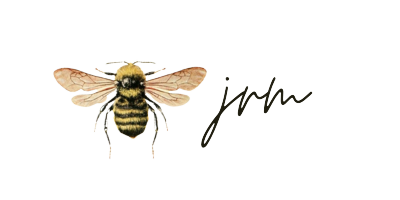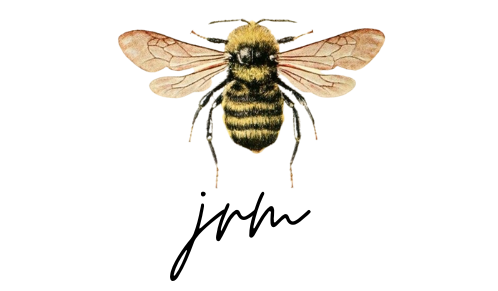I don’t think it’s an exaggeration to say this: the Paper Mill Museum in Basel is the best museum I have ever been to. (Excluding Art Galleries, even though the French call them museums.)
When I looked online, it was suggested that you needed two to three hours there, and so I budgeted three to four. S and I ran slightly overtime at our earlier museum in the day, and then stopped for lunch by the river before heading in, with about three and a half hours up our sleeves before closing.
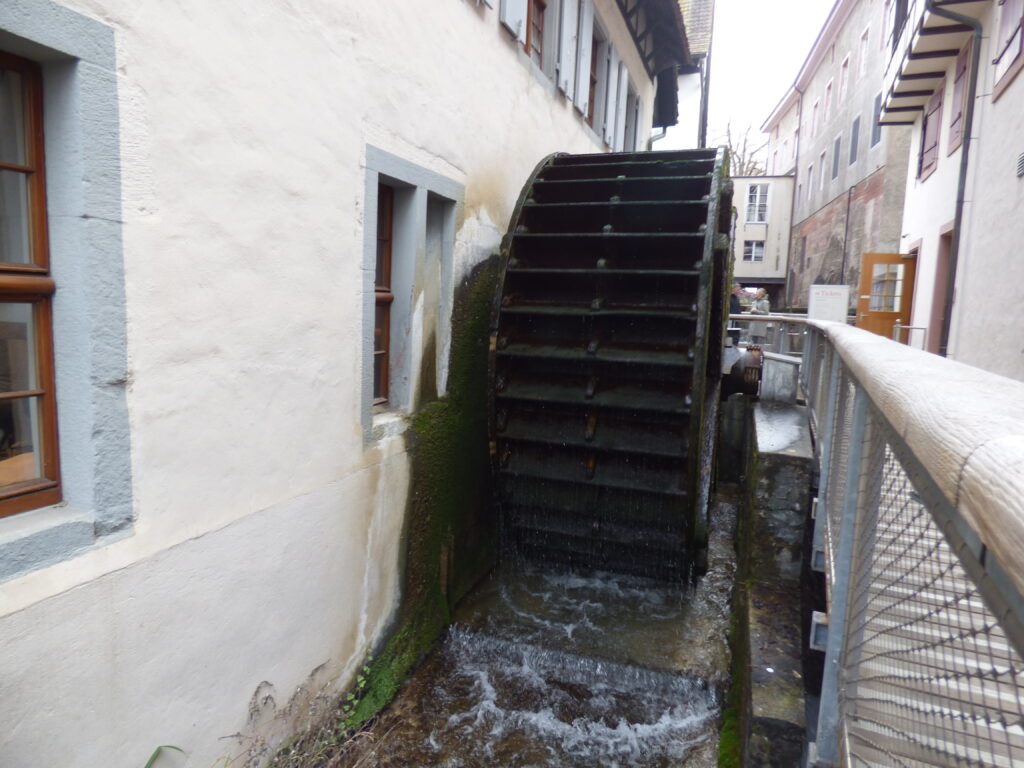
Huge mistake. It was a Saturday and only open for five hours total. Maybe if we had made it right on opening we would have had enough time… but another time, I would go on a day with longer hours, get there at opening, and then take my time. I also might consider working my way top-down through the museum because it has lots of activities, and the ones at the top are more time-consuming than further down. However, the layout does make more sense if you slowly work your way up and give yourself plenty of time. There is at least one activity on each floor, and there are multiple opportunities for you to take your work home. It is a bit of a pricier ticket and offers no free days – but when you consider all these activities, I think it well worth the price.

The first floor of the museum is all about history of paper and how it is made. There was someone doing a paper-making demonstration, and then they also had a station where you could make your own sheet or two of paper with the help of an assistant. They have a room built as it would have been for storing and fermenting cloth for parchment, and also examples of different papers made out of different materials.
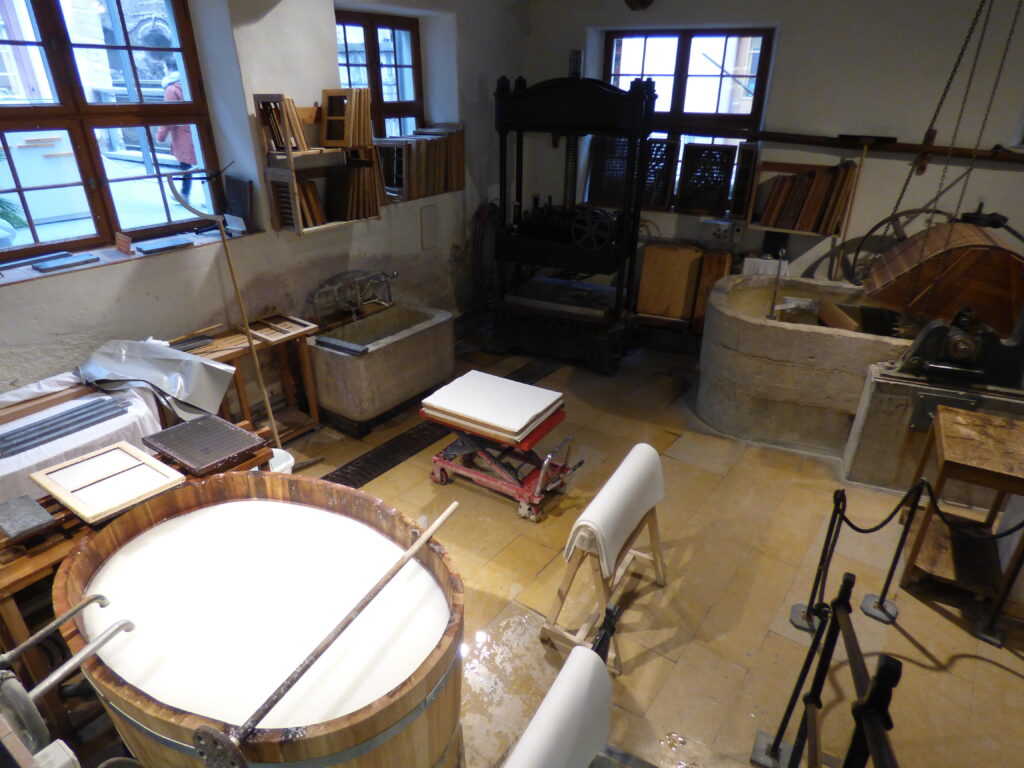

Then they have a floor that is all about the history of writing. Here you can learn that Chinese writing systems go top to bottom instead of left to write because they were usually writing on thin strips of bamboo which were generally only one character wide, held together at one end so they could be flicked open kind of like a fan as they read. It talks about the development of many other different kind of scripts, and how the writing implements influenced how the writing came about. Here there is a calligraphy station, with feather and metal tip pens for everyone to try their hand. You can then also get it wax sealed if you choose. Various dyes and pigments are considered as well, as they colour different inks as writing implements changed and developed.

The third floor then is all about printing, displaying many old printing presses, various letter cases – filled with letters to be arranged and rearranged for printing newspapers and books en masse. There are also a variety of type-writers on display and several set up for patrons to try. It took me a little while to get the hang of it, but I really enjoyed the experience.

On the fourth floor, there is book binding. You can watch someone binding pages together in various styles – although curiously I felt as though she didn’t like to be watched? She would stop her binding to talk to us and ask if we had questions and wouldn’t seem to pick it up again until we went away. It was quite strange.
While we were attempting to discretely watch and also look at some of the finished books, we were called into a station that had just reopened. It’s a very small room, so they regulate the number of people allowed in quite strictly. We had no idea what it was but we went to find out.
Here they provided the opportunity to make your own marbled paper, like you might see as end pages of a book (the pages that seal over the cover at either end of the book). We got to chose our colours and the attendant would drop our selection over a special kind of glue – they manage that part so no one over does it and wastes dye. Then you are allowed to come round and are armed with a skewer so you can make a swirly design of your choice. I opted for back-and-forth lines only, because the technique was reminiscent, for me, of Christmas cookie decorating.
Once you’re finished, the attendant carefully lays a piece of paper of the glue to let it soak up the dye, before peeling it back up and placing it on a piece of sloped wood. Then – and here my heart stopped for a moment – they grabbed a squeegee, like the kind you clean a window with, and scraped it down over the paper. This removes any excess glue, which comes off completely clear, all the dye staying on the paper. They move the paper, still on the board, over to the sink, and – cue heart stutter – blast it with quite a violent spray of water, rubbing their hand over it to wash off any last remaining glue like they are washing a dish at the sink. And somehow, somehow, it doesn’t rip. The paper doesn’t weaken. After being thoroughly soaked, it’s then placed in an oversized sandwich press lined with towels so it is ready for you to take home in a minute. Amazing!
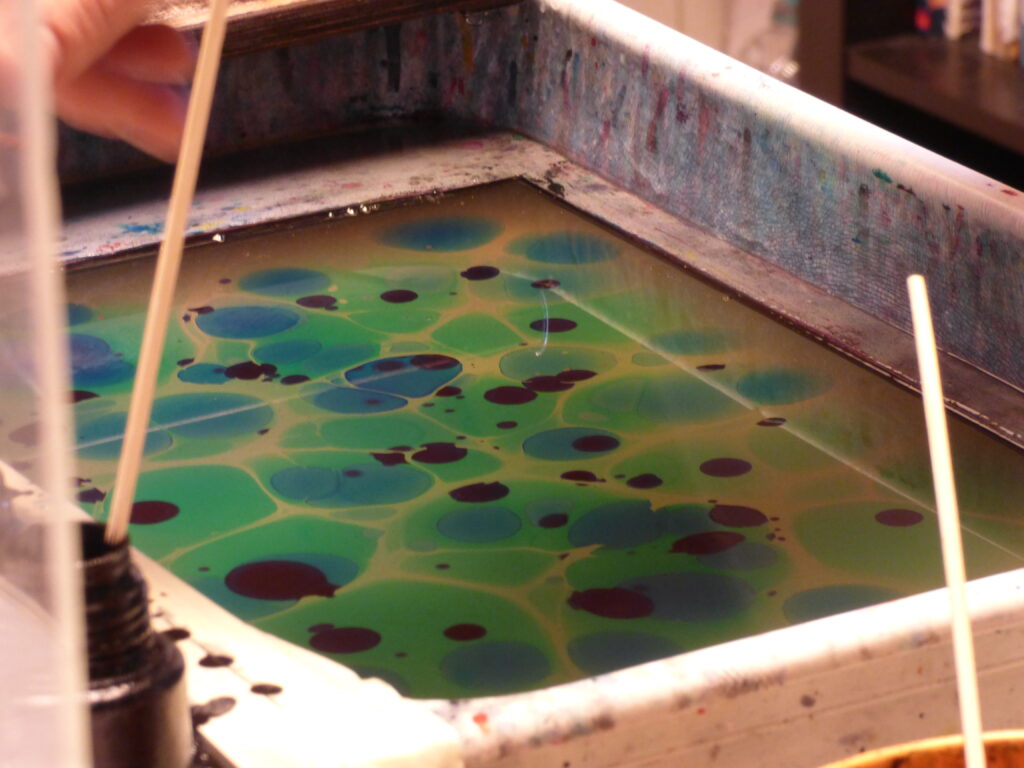

Our final stop was the most intensive – getting to bind your own little book.
We were cutting it very close, they informed us, but we were allowed to give it a go. We were actually assisted by an Australian (!) who was actually teaching kids a simpler binding technique, but she came over to get us started so we could try to be done before closing time. She was pleased we were Australian, since she didn’t usually teach this method, and so felt better about being able to explain in English instead of German for a change.
In fact, there wasn’t really time – in the end they stayed an extra ten minutes so we could get our little books completed to at least a transportable stage. But I believe I have the theory of it sorted and will likely enjoy making another at a leisurely pace some other time. We were, however, allowed to use ‘seconds’ paper from the mill, which is much nicer than store-bought… so perhaps I will also have to make my own paper for the enterprise!
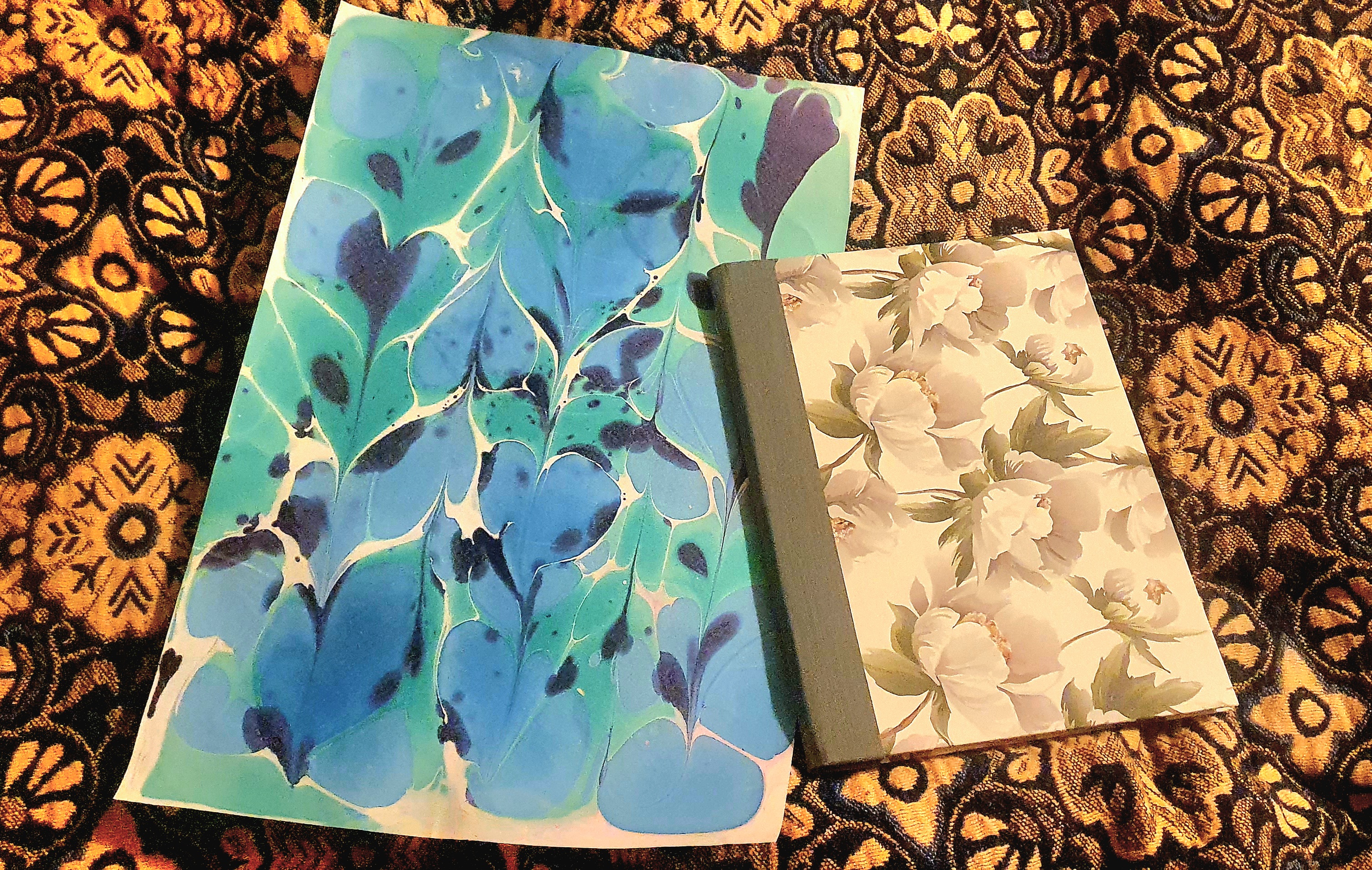
I hope I can revisit this museum sometime and take in more of the information, and enjoy all the activities all over again!
